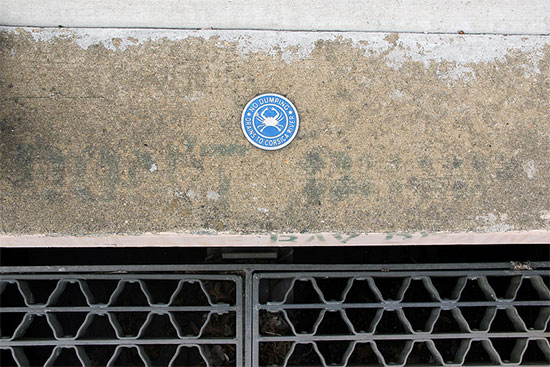Letter from Leadership: Stormwater fees a useful funding source
The "rain tax" funds practices that mitigate the harmful effects of impervious surfaces.
I bristle when I hear people refer to stormwater utility fees as a “rain tax.” In fact, these fees generate critical funding for green practices that mitigate the effects that roads, parking lots and rooftops have on our environment.
Businesses and residents have been adding impervious surfaces to the landscape for decades, preventing rain from percolating into the ground, where it would otherwise recharge groundwater and provide base flow for nearby streams. Instead, these impervious surfaces increase the volume and velocity of rainwater, causing flooding, damaging property and destroying local waterways. I am not trying to fix blame, but to inform folks about the problems associated with stormwater management and the best ways to correct them.

We are learning how to better manage stormwater by mimicking natural processes. We have found, for instance, that by directing rainwater from our roofs, sidewalks and parking lots into rain barrels or rain gardens, we can keep it out of our storm drains, reducing pressure on aging stormwater infrastructure. On large commercial and institutional properties, we can construct green roofs to absorb the rain so it doesn’t need to be discharged to a concrete system that is expensive to build and maintain. Green roofs can even increase the life of roofing systems and provide insulation, reducing heating and cooling costs.
Stormwater utility fees provide an equitable means for generating revenue based on the amount of impervious surface. The revenue can then be used to make these improvements. Most utilities also provide exemptions from these fees for homeowners or businesses that adopt these green practices. By promoting these practices, the costs of property damage associated with flooding are reduced, which can reduce the overall tax burden as well. Mother Nature teaches best and, in the end, it costs less.

Comments
There are no comments.
Thank you!
Your comment has been received. Before it can be published, the comment will be reviewed by our team to ensure it adheres with our rules of engagement.
Back to recent stories